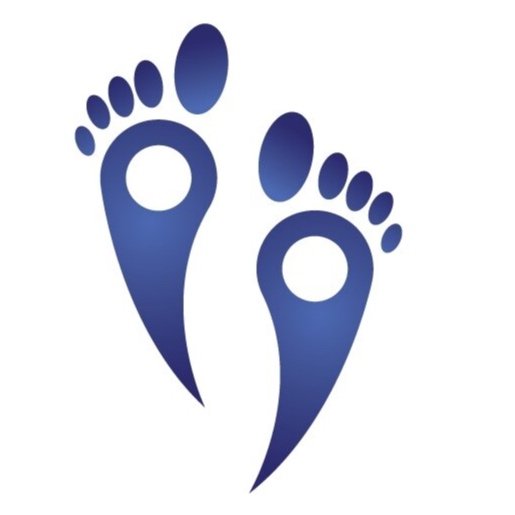
Shin Splints Treatment
Shin Splints
What is shin pain?
Shin pain or "shin splints" are used to describe lower leg pain that occurs either on the front outside part of the leg (anterior shin splints) or the inside of the leg (medial/posterior shin splints). Its proper name is Medial Tibial Stress Syndrome (MTSS) and it is the bane of many athletes and runners. It can often be described as “too much, too soon”, often having a dip at runners who build up their mileage too quickly, or seasoned runners who change their workout regime abruptly, for example switching from running on flat surfaces to hills.
What exactly is a "shin splint?"
Unfortunately, a consensus hasn’t been reached among health professionals.
Beliefs include that it is:
due to small tears in the muscle that’s pulled off the bone
an inflammation of the sheath of the tissue that wraps around the tibia (periosteum)
an inflammation of the muscle
or a combination of these
Luckily, they’re all treated similarly!
Signs and symptoms
Pain and/or inflammation along the inside of the shin – it may feel razor sharp, dull ache or throbbing
Pain during exercise that may feel better as you warm up in the initial stages of injury
Pain after exercise
Pain at night or first thing in the morning
Tender to touch inside of shins
If it's not shin splints, what else could it be?
Shin pain doesn’t always mean you have shin splints, and it could potentially be a sign of another problem
Compartment Syndrome – a swelling of muscles within a closed compartment which creates pressure. Symptoms include leg pan, unusual nerve sensation and muscle weakness.
Stress fracture – an incomplete crack in the bone. This is more serious than shin splints and can often be found with a definite spot of pain, rather than a generalised pain of shin splints.
Common causes of shin splints
Over pronation (rolling in of feet)
Muscle weakness/Imbalance
High impact activities
Inappropriate footwear
Excessive stress placed on one leg during running (cambered roads or always running in the same direction)
Being overweight
Generally, one leg involved is more painful than the other and it’s usually their dominant leg. E.g. if you’re right handed then you’re usually right footed, which will be the one that hurts the most
How do we fix it?
Stop running (for the short term while you rehab the legs)
Modifying activities or reducing the intensity of training while you recover – switching up to low-impact activities such as swimming or bike riding
Ice your shins – goes without saying, but will help decrease inflammation
Anti-inflammatories
Running on flat, softer surfaces.
Warm up thoroughly.
Strengthening the legs to cope with the demand of your activity
Why Podiatry is important in fixing your shin pain!
Our Podiatrist will help to assess and diagnose the root cause of your shin pain- that way they can guide you to be pain free based on the issues that are causing your pain!
A Podiatrist can provide the following services as part of your consult to get to being pain free from shin splints:
Biomechanical assessment – An analysis of you walking and running to help determine any underlying causes which may be leading to your shin pain
Soft tissue mobilisation – This may be done through dry needling or massage to your shin and calf which will assist in loosening up the muscles and speeding up recovery
Strengthening and stretching program – Once symptoms have decreased to begin your gradual return to exactly what it is that you want to be doing!
Orthotics – Orthotics can help to address the mechanical concerns which can be the cause of the shin pain.
Footwear advice – To help you find the best shoes suited to your foot type, mechanics and loading patterns
Shin pain can we very frustrating, even during day to day activities, however the good news is that it responds to the correct treatment very well!

